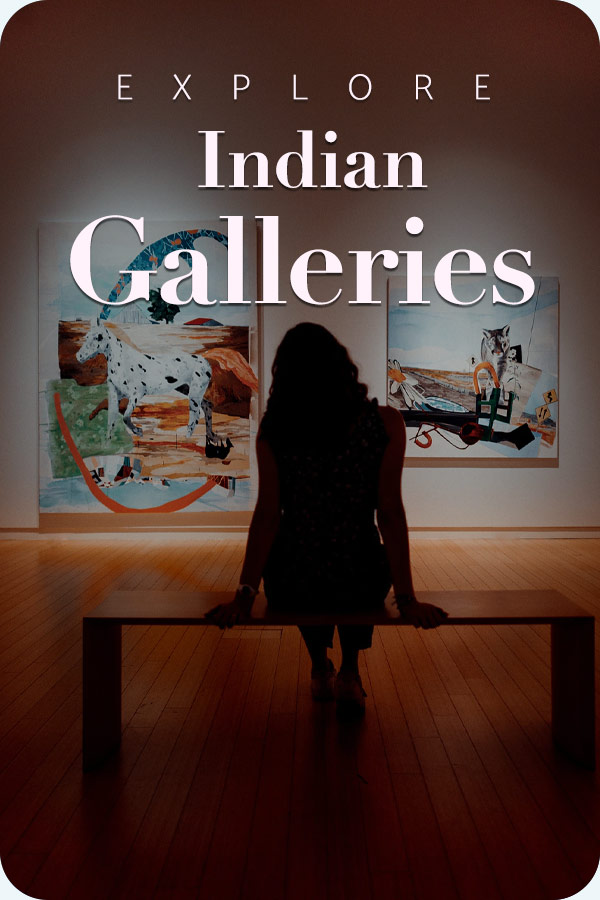
The South Indian city of Bengaluru has warmly welcomed a lavish addition to its artscape. The Miller Museum of Anamorphic Art, claimed to be the world’s first museum dedicated entirely to anamorphic art, is now open in Bengaluru. Anamorphic art is a form of visual illusion that only resolves into clarity when the viewer shifts their point of view. Situated in Cooke Town, this institution initiated a space where perception does not remain as a passive act, but turns into an experience on its own. Visitors are welcome to walk, shift, and engage with the installations that might appear chaotic at first, distorted from another angle, but within the blink of an eye, they turn into a vivid artwork; the key is a precise vantage point.
A Century-Old Illusion Finds Its Modern Home
View this post on Instagram
Anamorphic art is an ancient technique that dates back to the Renaissance, famously explored by masters like Leonardo da Vinci. It combines mathematics, optics, and perspective to hide, distort, or transform images. This museum is a modern acknowledgement of this art form and is founded in honour of the late Bengaluru-born artist and educator Shereen Miller (1941–2023).
Shereen Miller was a 20th-century pioneer who dedicated her life to reviving and innovating anamorphosis. Her artworks were showcased across four continents, and she always dreamt of bringing her work home. Thus, her daughter, Cheryl Anita Miller, took it up as a mission to make this dream a reality. Cheryl left her successful aviation career in the United States to oversee its creation.
The most fascinating aspect of this is that the collection of this museum is not static. It features traditional paintings with surreal sculptures that change form with movement. There are digital installations as well, which react to the viewer’s position. This unique approach demands participation and active engagement, turning the museum space into an artistic “workout.
What Makes the Museum Unique?
The significance of the museum is multi-layered. Firstly, it engages a niche art form that is embedded in the concepts arising from the Renaissance. Secondly, at present, the museum is located in a city that is renowned for its tech-boom; thus, adding this to the city’s map makes Bengaluru ambitious in becoming a cultural hub as well. Thirdly, it shoots queries to all regarding whether art is only still and silent, or moves via the viewer’s movement. The overall focus of the museum lies in visual and sensory simulations, making it engaging and playful. The ecosystem of Indian art museums mostly focuses on modern-day contemporary art, craft, or heritage art.
| Aspects | Description |
|---|---|
| Concept | Anamorphic Art — a visual art form that distorts perspective, revealing clarity only from a specific angle or reflective surface. |
| Location & Status | Located in Cooke Town, Bengaluru — the world’s first dedicated Museum of Anamorphic Art. |
| Legacy & Founder | Founded in honour of Shereen Miller (1941–2023), a Bengaluru-born pioneer of anamorphosis. Realised by her daughter, Cheryl Anita Miller. |
| Visitor Experience | An interactive museum featuring kinetic sculptures, mirror illusions, and motion-sensitive installations encouraging viewer participation. |
Key Highlights
- The museum offers interactive installations where the viewer’s own motion completes the artwork.
- It introduces the technique of anamorphosis in an Indian context, bringing perspective and illusion into a museum format.
- The architecture and design of the museum emphasise movement, space, and viewer-relation rather than simply display.
- The choice of Bengaluru, specifically Cooke Town, roots the global art form back into a local context, bridging home and world.
- For students, families, and tourists alike, the museum offers a fresh “museum experience” rather than the traditional ‘looking from behind the glass’ approach.
- It can be seen as part of a broader cultural push: as India’s art scene expands, niche forms and immersive experiences are gaining traction.
Takeaway
The Miller Museum is more than a cultural destination; it is a statement disguised as a gallery. It brought about a conceptual revolution by reshaping what “viewing art” means. If the museum continues to evolve and deepen its thematic exhibitions, linking them to local Indian themes, narratives, etc., it has the potential to become a meaningful cultural institution. This initiative is undoubtedly bold, playful, and promising, adding to India’s cultural map.







